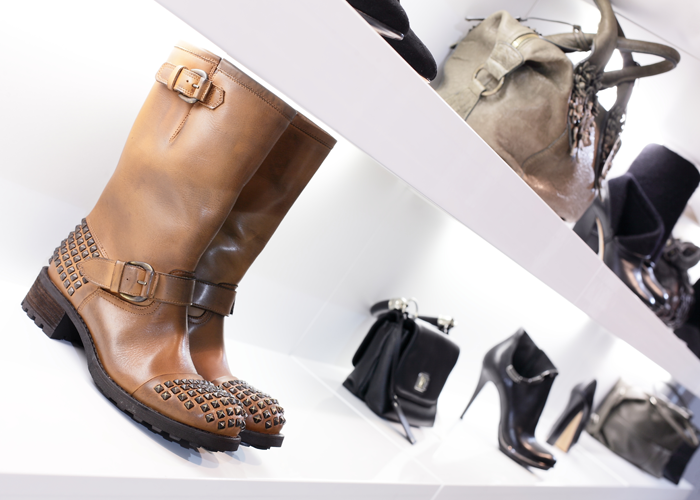
Retailers have been pushing to extend peak seasons like Christmas to gain more sales, but modern consumers shop on their own schedule and retailers must adapt and cater to their off-season needs.
By Kerry Lemos, CEO, Retail Pro International
Christmas coming earlier every year might be a cliché for most people, but for the retail industry it’s a simple fact.
We’re already seeing retailers prepare for the festive season, identifying the key products that will be this year’s must-haves and gearing up their Christmas campaigns.
This is very much in line with the traditional retail business models built around spikes in activity brought on by peak shopping periods. With stock piled high and temporary recruits boosting numbers on the shop floor, activity can be ramped up for a few weeks before returning to normal levels.
In recent years, however, these peaks have become much less well-defined.
Take Christmas, for instance. The season now covers much more than just a few weeks. It now spans the extended period from the build-up to Thanksgiving through to Black Friday, Cyber Monday and the January sales, where some retailers might hope to do half of their annual business.
This period of retail chaos means retailers are in direct competition for the same limited number of festive shoppers for an increasing amount of time, with both shoppers’ attention and supply chains becoming squeezed.
A new world
At the same time, Christmas is no longer the only peak period retailers need to be aware of.
In the UK, the growth of festivals such as Eid, Diwali and the Chinese New Year has introduced new periods that retailers may need to prepare for. Beyond these major festivals, there are other times of the year that could be seen as a peak period to some, or all, of the population, from the first day of spring to the beginning and end of the summer holidays.
What all of these periods show is that many retailers’ approach to consumers needs to change. Customers cannot be treated as a single mass who all shop at the same time, in the same way, and for the same things.
Focusing attention on a single, defined peak period is a strategy that retailers must move on from: individuals have their own approach to shopping, and as such have developed their own personal peak shopping periods.
Giving the public what they want
The question for retailers then is, how do they support these individual peak periods without losing the ability to maximize the potential of established shopping seasons?
Here are 3 actions retailers can take that will tip the odds in their favor.
Cross channels
We haven’t just seen an evolution in when people shop, but in how they shop. Customers won’t restrict their peak shopping period to simply visiting a select number of brick-and-mortar stores.
On the other hand, few consumers will do a hundred percent of their shopping online, instead welcoming the opportunity to browse for certain items in the flesh. Retailers should ensure these customers have a seamless experience, whether shopping online or in-store, with access to the same information and interactions however they purchase their products.
Ideally, a customer should be able to begin their shop in-store and complete it online, or vice versa, in a consistent, omnichannel exchange.
Map the landscape
With “peak” periods becoming more of a constant presence, it’s important that retailers understand exactly when these periods happen.
For instance, the Christmas period now begins in November and ends in January; but within this, there are individual days which show still-increased activity or relative slowdowns.
Not only this, but retailers must decide how they switch to peak periods; does activity accelerate overnight, or is there a slow build-up and deceleration to ensure they can attract shoppers who are operating on a slightly different timetable?
Build profiles
While predicting and supporting the shopping habits of every single individual is beyond the reach of retailers, they should still ensure they have categorised how their customers behave in peak periods and act accordingly.
For example, what proportion of shoppers do their holiday shopping early, and which wait until the last minute? How many spread their shopping across the whole period, and how many spend everything on one or two occasions? And when exactly do their customers flock to the store?
Using this information, retailers can build profiles of their customers and anticipate their needs throughout the year as appropriate.
By offering an omnichannel experience, mapping out the peak calendar and ensuring they have profiled their customers, retailers can ensure that they are supporting peak shopping for all their customers; whether it happens at Christmas or Candlemas.
Building your omnichannel strategy?
Discover how to simplify omnichannel with these 3 critical tips in our whitepaper!











